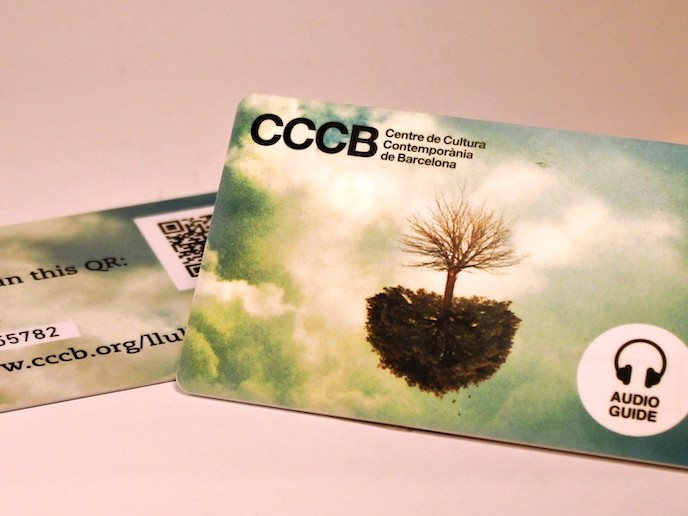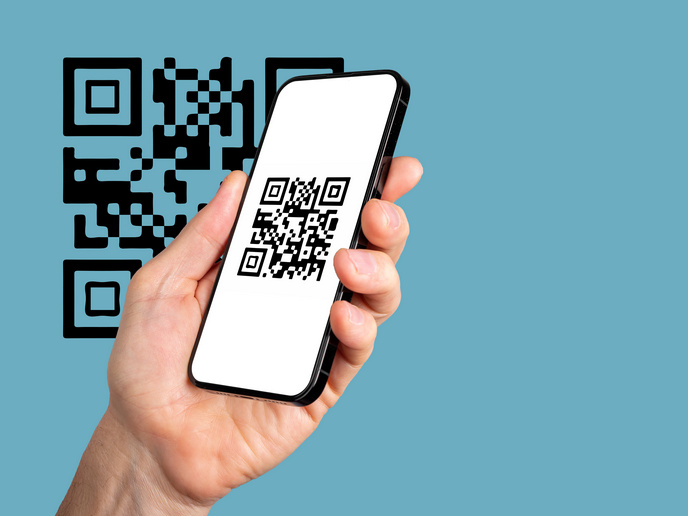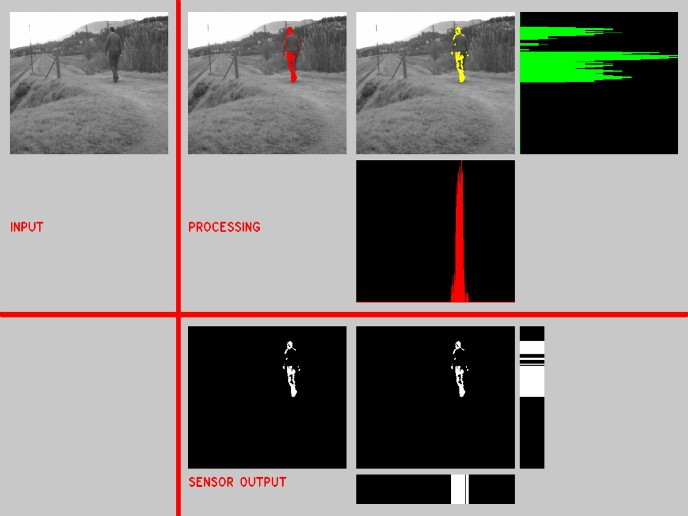Technology that kisses clunky audio guides goodbye
When museums offer audio guides to enrich our experience of visiting a museum, few of us pay the extra for them, and even when they are offered for free not even 35 % of us accept them, says Spanish company Digital Tangible. That could change quickly, though, thanks to cards with take-away guides for our mobile phones that the company marketed and developed during EU project Nubart7(opens in new window). Digital Tangible first launched its Nubart technology for museums(opens in new window) in 2016 and has been able to test it in new sectors during the project. “When you are on a very tight budget, as we are in a boot-strapped company, it’s hard to free up resources of time and money, and to take a breath. But you need to get out of your daily routine to see what you can do from a different perspective,” says Rosa Sala, the founder and chief executive of the Barcelona-based firm. The company carried out pilots to see if the technology would work beyond the museum business. It discovered it was also ideal for trade shows and has already signed up a new customer in Brussels and is in talks with another in Düsseldorf. “Many non-museum venues had never considered the possibility of audio guiding their business before,” says Sala. “But when they tried out our cards they were amazed at how simple, quick and easy the access to the content is.” The Nubart cards are designed to be both tangible and digital. An end customer buys or receives the card for free at a tradeshow or museum; it contains a personal key code to access the digital guide. The card can be kept as a souvenir, containing a logo, and the guide still works after the visit, though is personal and non-transferable. The technology operates on a user’s smartphone and therefore doesn’t require any bulky handheld device, like those traditionally used in museums. Sala says Nubart’s content management system is easier and cheaper to update than museum apps which are downloaded from the AppStore or Google Play. They are more efficient than a responsive webpage with audio tracks on a museum’s webpage. “None of the traditional options allow the museum to recover the investment in content production and development,” says Sala. As with all development, not all the Nubart7 project trials were successful. However, all the pilots improved the product. To tailor it to trade shows, the developers allowed visitors to choose the part of the venue they were really interested in – a feature Digital Tangible now offers to museum clients. All clients are pleased the system returns anonymous data to improve future customer satisfaction. The cards are now used at 18 venues in 7 countries, including the Johan Cruyff Arena in Amsterdam, the Albertina in Vienna and the Alcazaba fortress in Malaga. “The result of the project is a more motivated team, new horizons to pursue and a highly innovative product,” says Sala.







